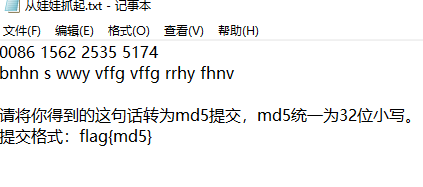

My program simply permutes them in a specific way within the file, thus encoding content without increasing container size. This stegangraphic tool I wrote which is based on permuting HTML tag attributes.Ĭlearly, tag attributes must have some fixed order when written into a file. As a trivial example of this idea, consider However, this problem can be avoided if the encoder simply chooses a steganographic method which does not increase container size. the container file would appear to be redundant to someone who doesn't know there's a secret message since it's larger than it needs to be. I think you mean 'apparent redundancy', i.e. It can't be, since it has to encode the steganographic message. I don't think you mean 'redundancy' here, since the added data is obviously not redundant. We'd all better soon start doing something like this, given where governments are going.īut embedding a message introduces redundancy, by an amount proportional to the capacity of the stego system. So you get a secure stegosystem with 1% efficiency "for free". As long as the message is encrypted before embedding, it is provably impossible to tell a genuine stego image from a false positive, assuming that the underlying encryption isn't broken. Not everyone needs to do this, just sufficiently many people so that the vast majority of the positives of stego detection systems are going to be false positives. Your file only becomes 1% bigger, so its no big deal. Write a gimp plugin or something so that the process is transparent and automatic. What I mean is, whenever you create an image you take some random data and steganographically embed it in the image. Suppose we "pollute" normal images with random data with say 1% redundancy. This can be detected, the programmer only needs to have a good grasp of the image format, domain transformation techniques etc.īut I had a this little idea. But embedding a message introduces redundancy, by an amount proportional to the capacity of the stego system. The reason is that normal compressed images don't have redundancy - i.e, the image file size is no larger than it needs to be for the quality (information content) that it has.

Looks like detection of steganographic content might be a significantly easier problem than decoding it.

I hope the USAF doesn't spend too much of my money without considering extending that research.
#Outguess .exe free#
For those who are not familiar with the SBIR/STTR program, it provides up to $850k for 3 years of research." This sounds very similar to what Niels Provos did over a several-year period at University of Michigan's CITI and released under a free license. A link to the solicitation AF04-T008 can be found here. I personally don't think that is feasible, but maybe a good programmer can prove me wrong.

#Outguess .exe manual#
They seek an application that should run both unobtrusively in the background and in a manual mode, and provide the user the capability to scan all email attachments, downloaded materials and accessed files with an appropriate steganalysis algorithm, reporting any abnormal results (i.e. Air Force has posted a Small Business Technology Transfer Program ( STTR) solicitation in which they seek proposals for the automated detection of steganographic content.


 0 kommentar(er)
0 kommentar(er)
